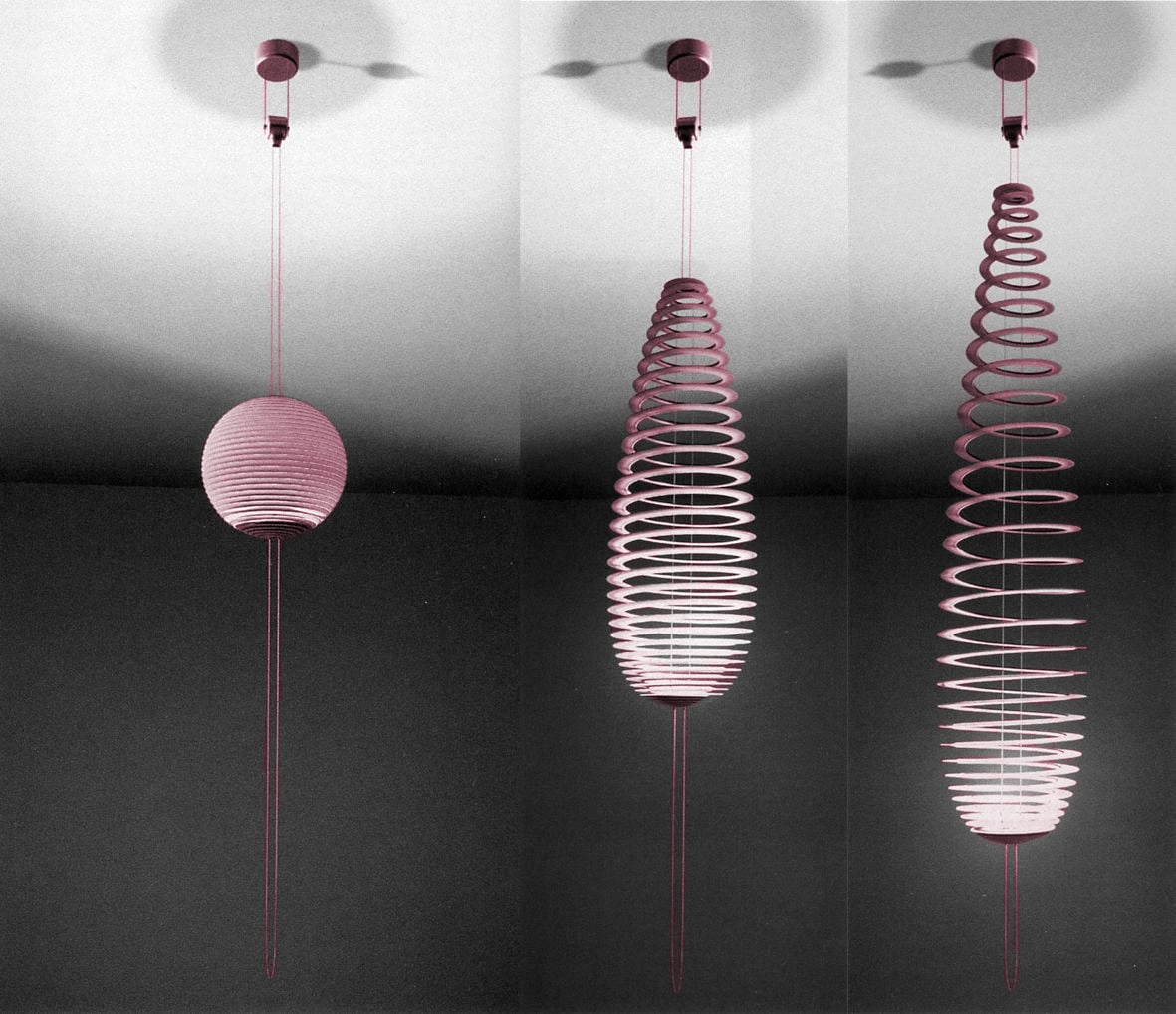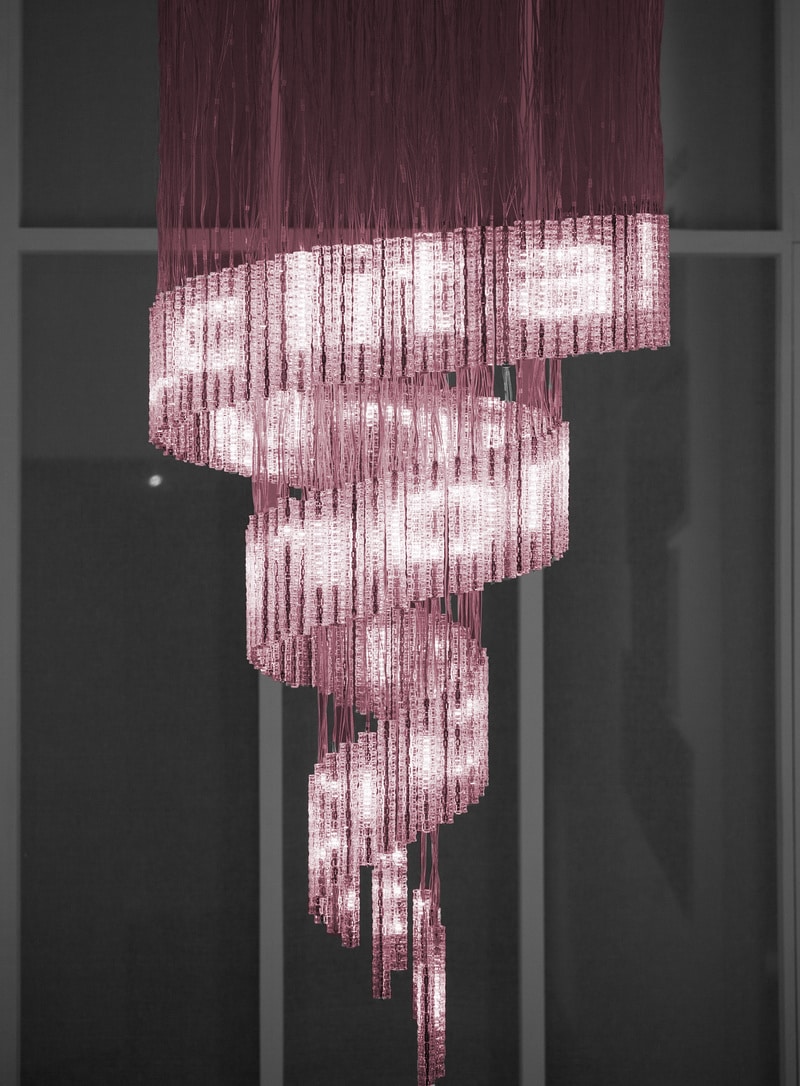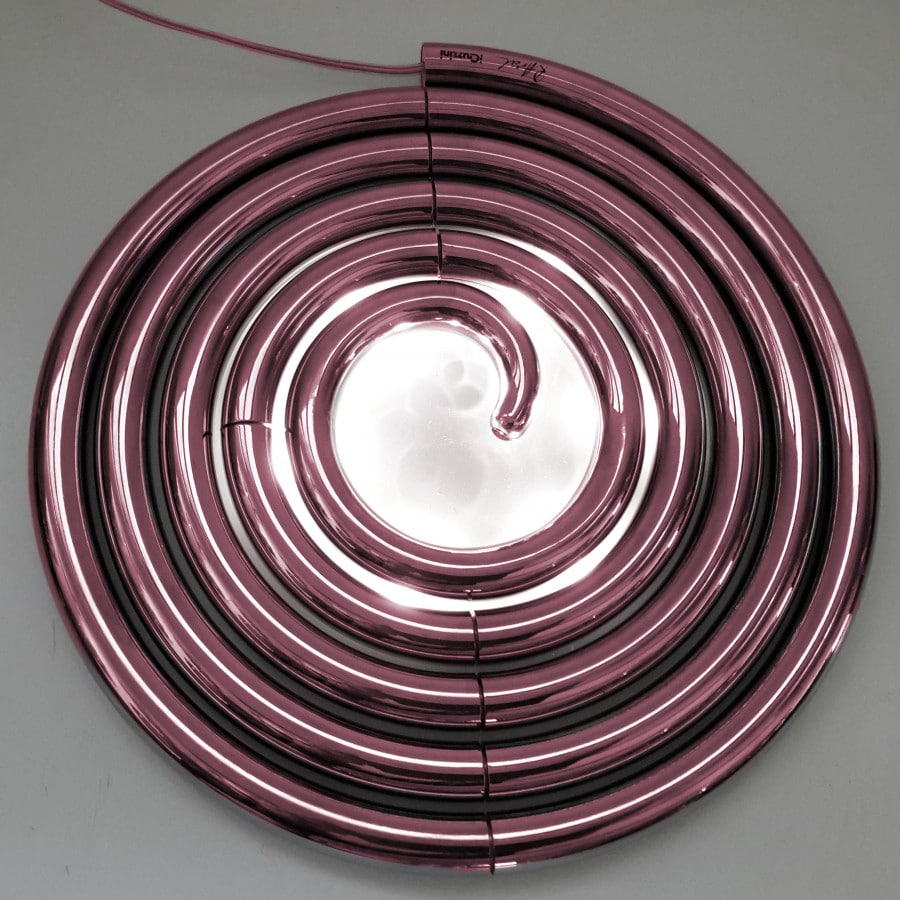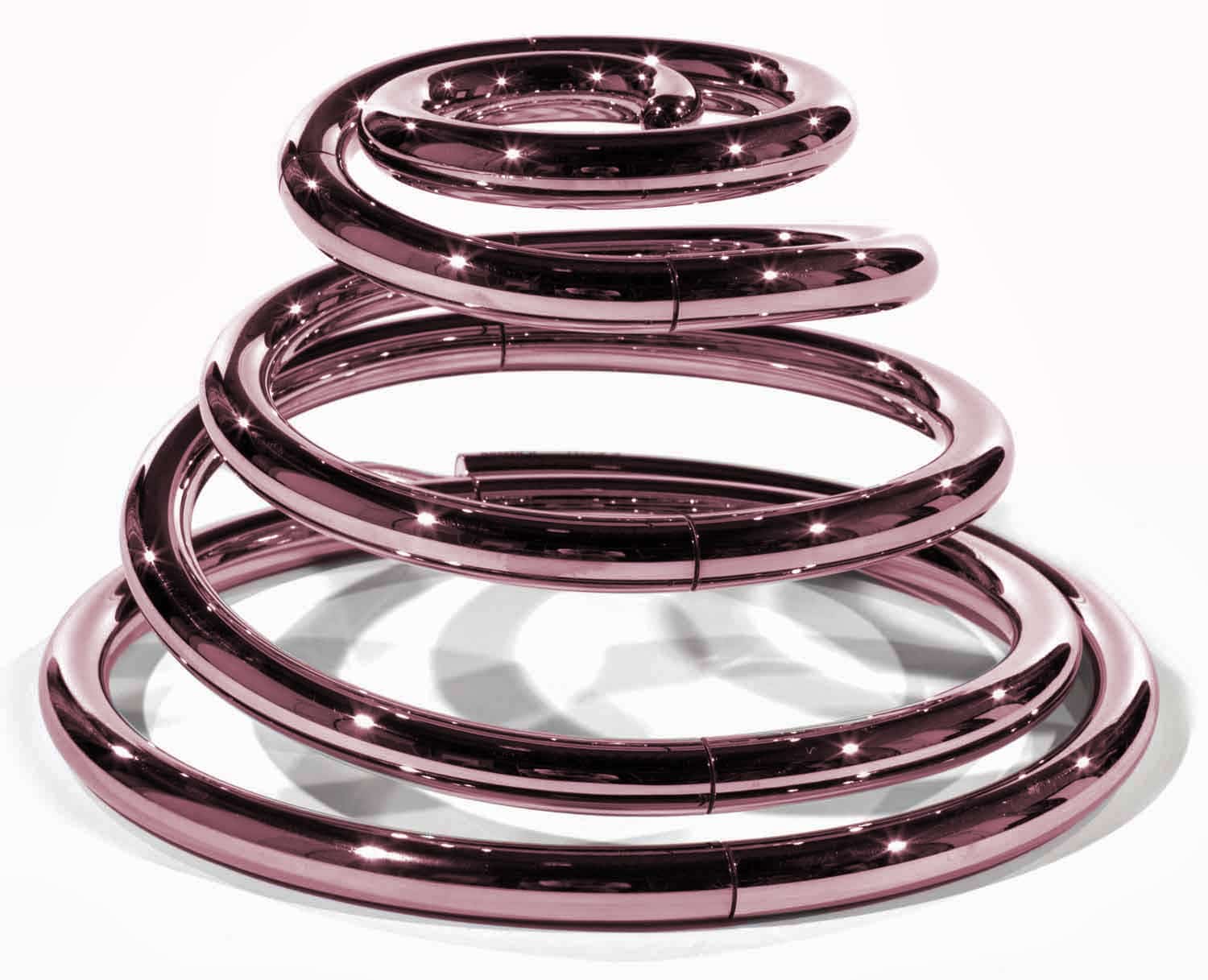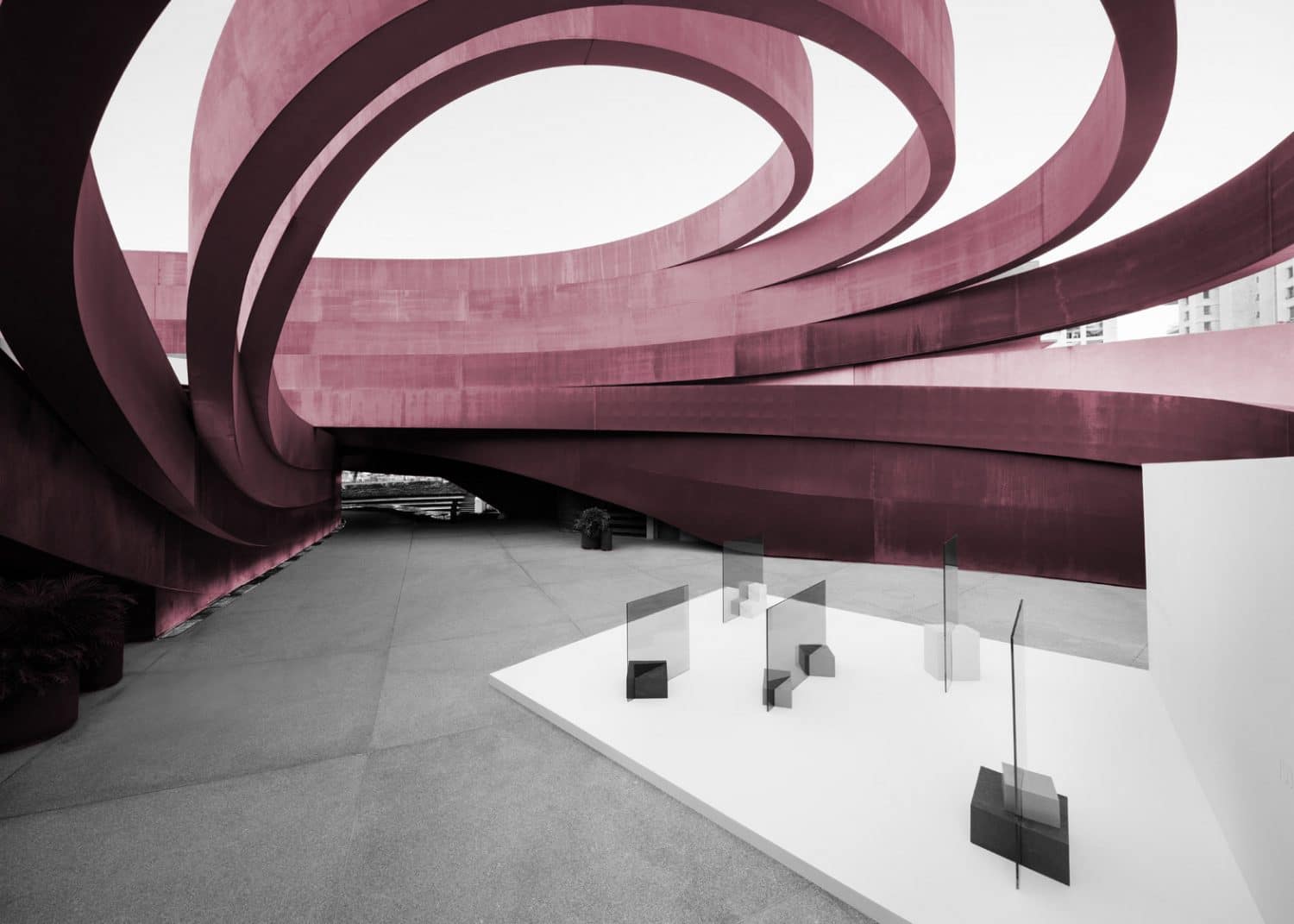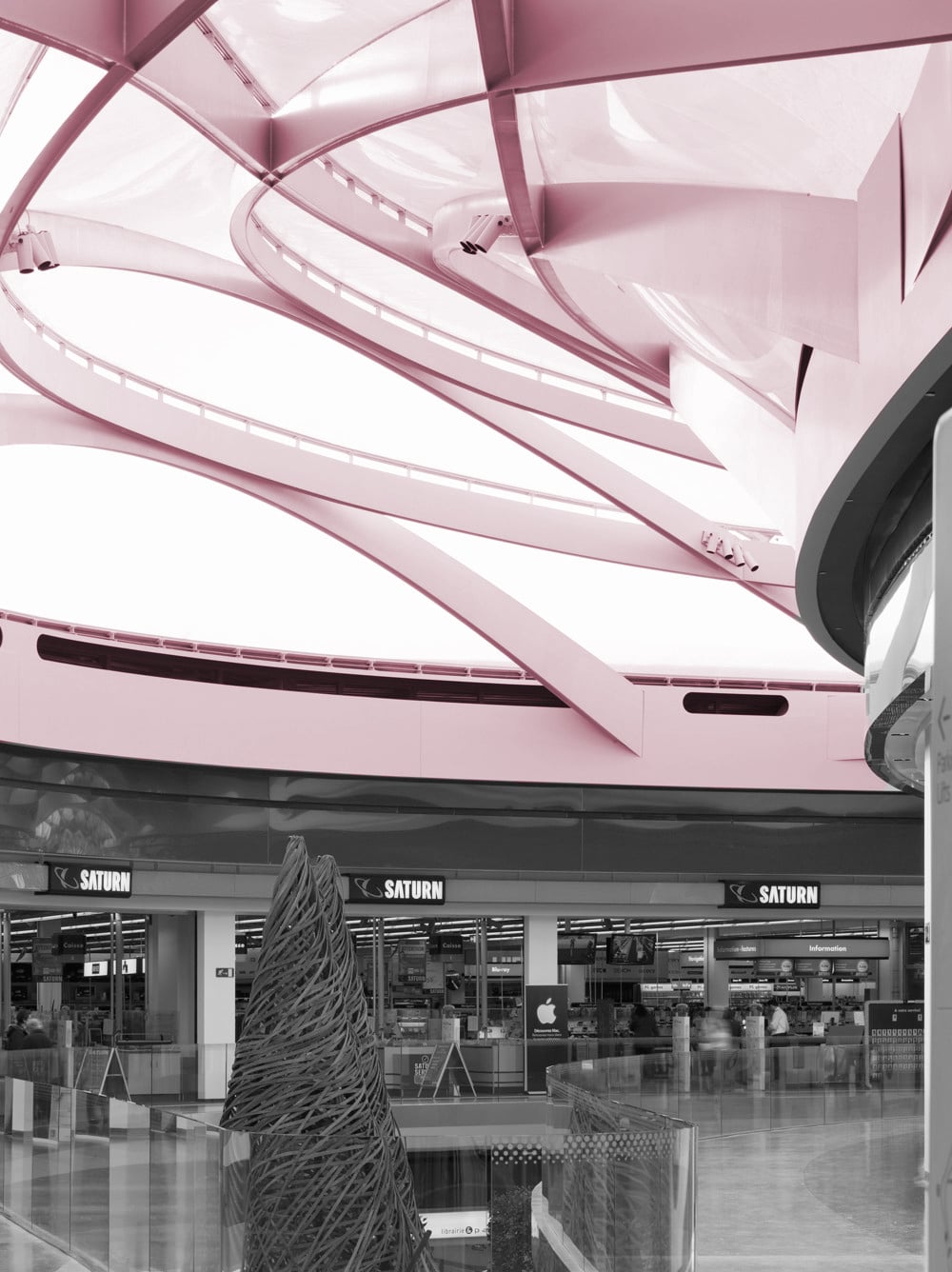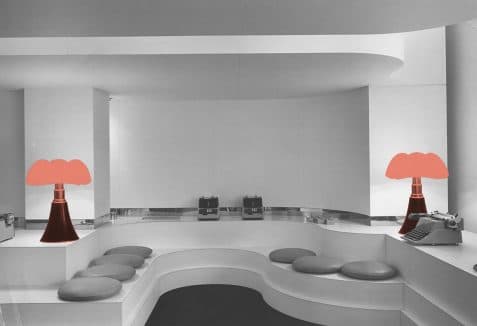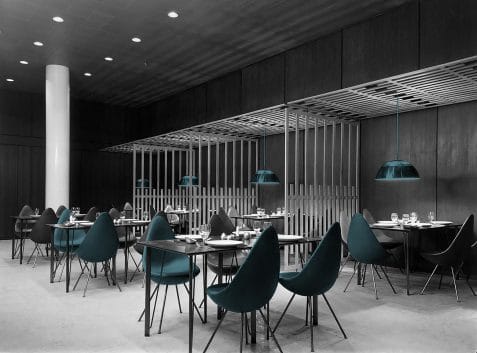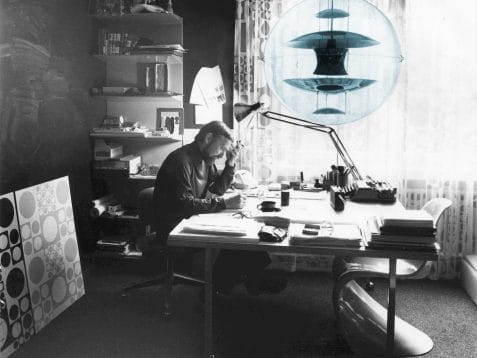INTERIOR
Spiral lights #Ron Arad
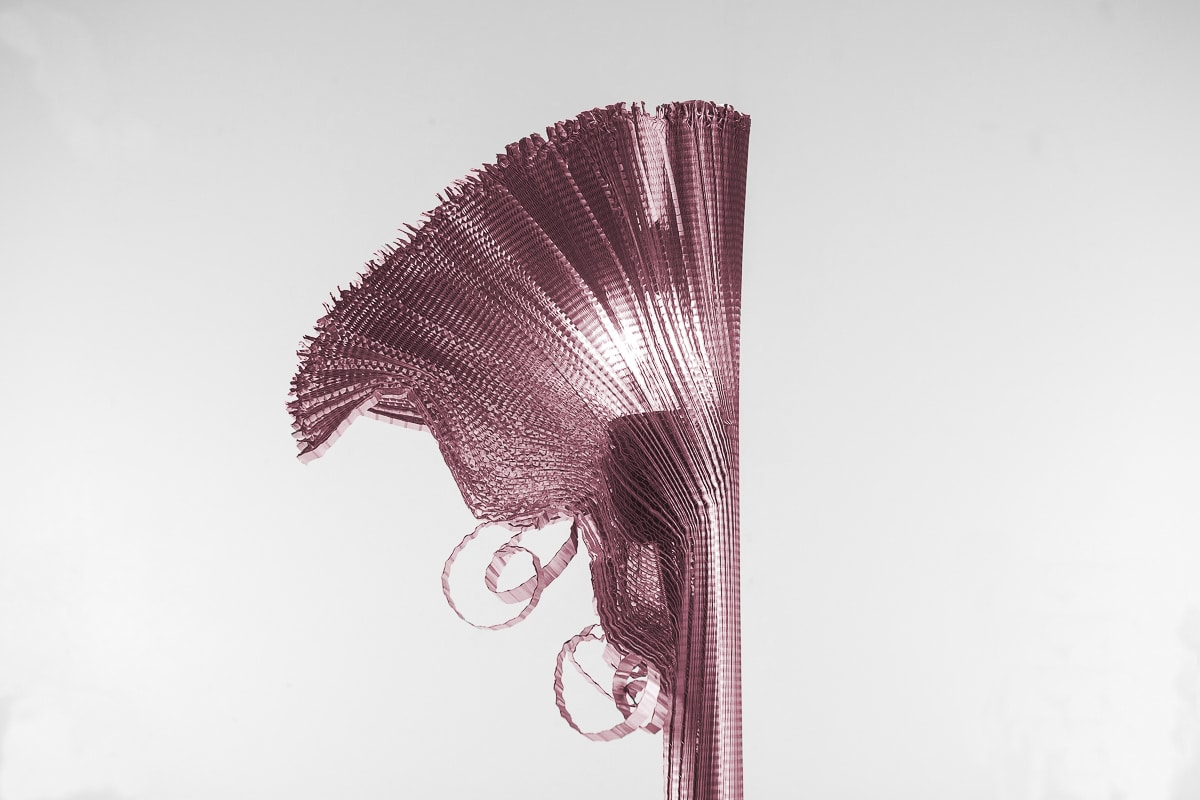
Ron Arad began his career in the 1980s as an outsider in the world of design. His first pieces were manufactured and self-produced at One Off, a workshop-laboratory in Covent Garden. His work at that time was on the boundaries between art and design, as Arad graduated in London with a thesis dedicated to the work of Marcel Duchamp and his early works had clear Dadaist influences, like the well-known Rover chair.
His Aerial light was another ready-made from heterogeneous materials recovered from a scrapyard: a halogen lamp mounted on an extendable car antenna whose position can be modified using a remote control. The Tree floor light, with its flexible arms and welded base, represented an evolution in the juxtaposition of heterogeneous materials towards more refined solutions. The sculptural aR-ingo lamp, designed in collaboration with the well-known designer and manufacturer Ingo Maurer, took this evolution to a limit close to Art-Deco elegance and showed his conscientious and delicate work with metallic materials.
His career has explored the complex territory between art, architecture and design, showing resistance to categorizations that have not always proved easyDeyan Sudjic, 2003
The spiral shape is a transversal constant in Ron Arad‘s work, from his well-known Bookworm bookshelf to his latest works of architecture, such as the Holon Design Museum. The Ge-off Sphere lamp, included in the Not Made by Hand Not Made in China series, uses three-dimensional printing technology to produce a sphere that can be stretched into a spiral ribbon.
Also, the Lolita pendant lamp combines the spiral shape with technology and a luxurious production to form a spiral of Swarovski crystals capable of receiving and transcribing text messages. In the PizzaKobra table lamp, technology allows the initial flat spiral to be unfolded, stretched and twisted to achieve an infinite number of shapes.



